MIKTA countries highlight cultural dances, music and delicious signature dishes at its sixth anniversary
The five MIKTA countries encompass Mexico, Indonesia, South Korea, Turkey and Australia. They represent four continents around the world: Americas, Asia, Europe and Oceania.
Guests were feted to cultural and music performances, and food at the Indonesian Consulate Hall in Vancouver on December 10. Photographer Peter Langer fascinated audience with his Indonesia travel presentation.
The evening program also featured cultural performances by the local Indonesian diaspora community and Vancouver’s Mexican Mariachi band, Los Daorados.
Mexican Mariachi
Mariachi is one of the biggest cultural contributions to the world, said Mexican Consul General Ana Berenice Diaz Ceballos Parada. The Mariachi band has deep roots in Mexican history, dating back at least to the 18th century, she added.
“Its music brings us joy. It is a strong and emotive, romantic and from time to time, nostalgic. It was declared by UNESCO as part of the Intangible Cultural Heritage of Humanity in 2011.”
Parada said the tradition has transcended borders. “Today, Mirachi groups like Los Daorados are all over the world.” They have revitalized and strengthened the Mexican tradition, she added.
Mexican Gastronomy
On the MIKTA countries’ menu were nopales salad, ceviche and arroz con leche. Nopales salad is a mix of fresh cactus leaves with cilantro, tomato, onion, garlic, jalapeno pepper, served with corn tortillas.
Ceviche is an appetizer of cubed fish with cucumber, tomato, pineapple, red onion, pepper and cliantro marinated in lime juice.
Indonesian Cuisine
Featured dish was Mie Bakso: beef balls, yellow noodles and rice vermicelli served in hot broth with assorted garnishing. Dessert was Bubuh sum-sum. This traditional sweet rice pudding is made from glutinous rice flour cooked in coconut milk, and topped with palm sugar sauce.
Korea Beats to Temple Rhythms
Korean percussion group beat to the sound of ancient temple melodies. It’s a relatively new type of drumming created in the 1990s, said South Korean Consul General Byung-won Chung.
Chung said the melody is re-arranged rhythms originally played in temples a thousand years ago. The melody is about heaven, earth and human being (천 지 인 – cheon ji in).
Korean cuisine featured gimbap – seaweed roll made of seaweed, rice, fish cake, egg and pickled radish.
On the menu is also Korean haemul pajeon (mini seafood pancake) and Dakgangjeong, deep-fried crispy chicken dish glazed in sticky, sweet chilli sauce.
Turkish Lute Music and Delicacies
The Turkish Consulate brought in Vancouver musician Mustafa Kemal Akar who played the oud. This popular Middle Eastern short-neck lute-type, pear-shaped stringed instrument is also known as ut or ud in Turkey.
Accompanying Akar is Mutlu Bahar Neyzen, a ney instrumentalist. The ney is a lute made from reed. Said Turkish Consul General Mehmet Taylan Tokmak,
It’s a musical instrument of the Sufi mystics
Turkish dishes served include sharksuka and circassian chicken. Circassian chicken dish originates from the Caucasia region, said Tokmak.
“The Caucasian people who live in Turkey and the Middle East excels in cooking this dish.” Dessert featured baklava made by Tokmak’s chef.
Related: MIKTA Embarks on Cultural Diplomacy to Showcase Middle Power Diversity
Australian Didgeridoo and Meat Pies
Renowned Australian didgeridoo master, Shine mesmerized guests with sounds of the kangaroo and Kookabura bird. Australian Honorary Consul Kevin Lamb said,
“Didgeridoo is an instrument that Australian aboriginals have used for over 1,500 years. It’s more than just a musical instrument. It actually tells stories.”
The Aussie tucker (food in Australian) featured traditional meat pies, vegetarian pies, desserts like lamington cake and Anzac biscuits as well as alcoholic ginger beer.
Left: Mutlu Bahar Neyzen playing a ney, an instrument of the Sufi mystics. Right: Mustafa Kemal Akar on the oud.
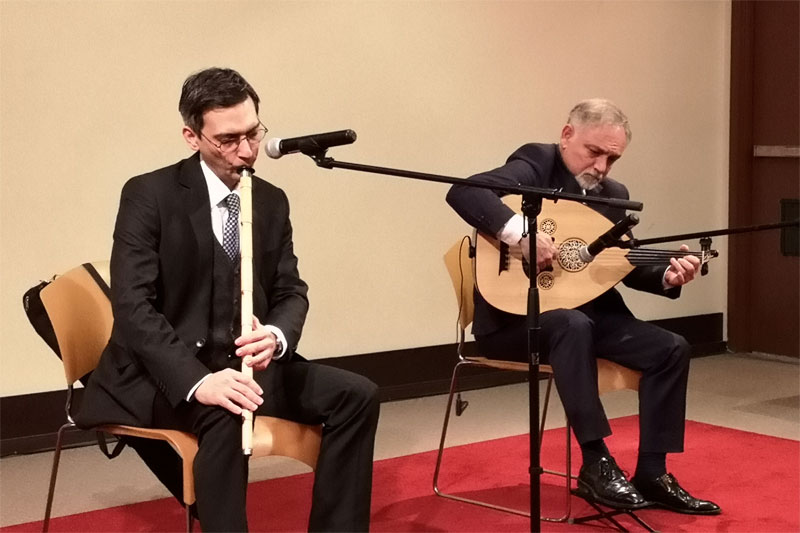
Australian didgeridoo master Shine performing the Kangaroo and Kookaburra bird tunes.
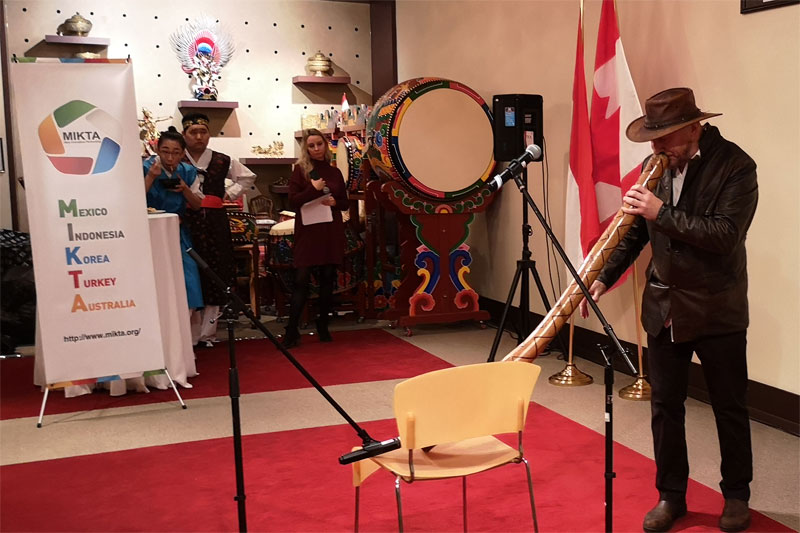
Korean Percussion Group performing an ancient temple melody about heaven, earth and human being (천 지 인 – cheon ji in)
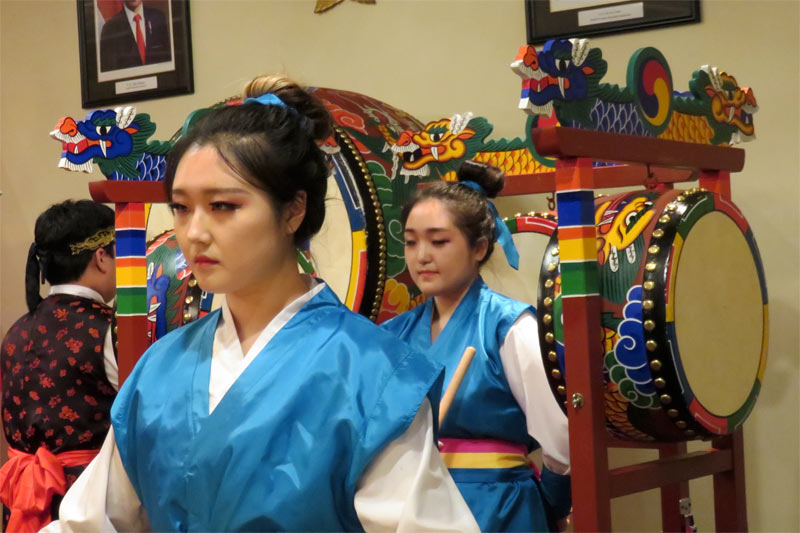
Turkish and Mexican dishes (Left to Right): Turkish sharksuka and circassian chicken, Mexican nopales salad with corn tortillas and ceviche. (Nikao Media)
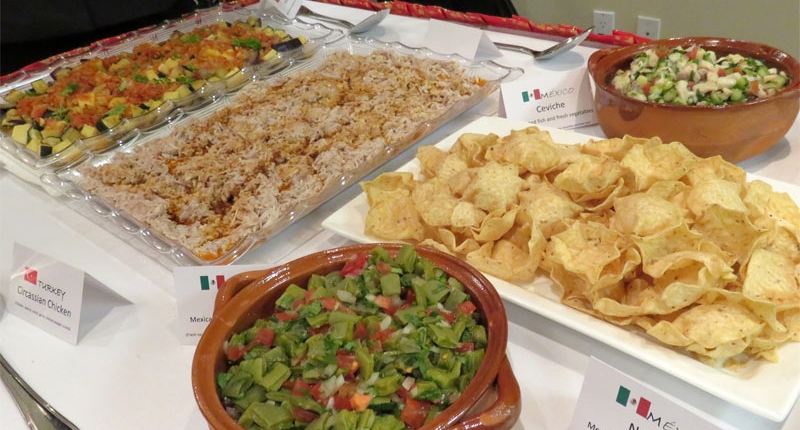
Indonesian Mie Bakso noodle soup and garnishes: Spicy pepper, green onions, deep fried shallots and garlic.
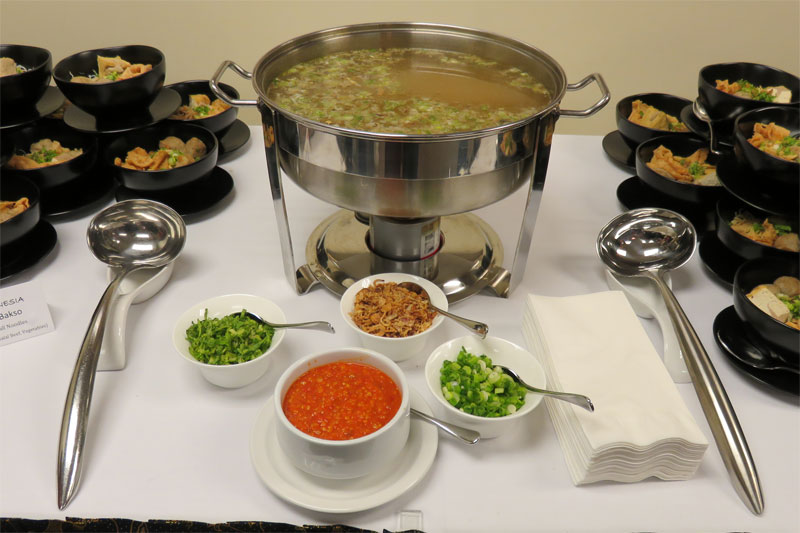
Indonesian Mie Bakso: beef balls, yellow noodles and rice vermicelli served in hot broth with assorted garnishing.
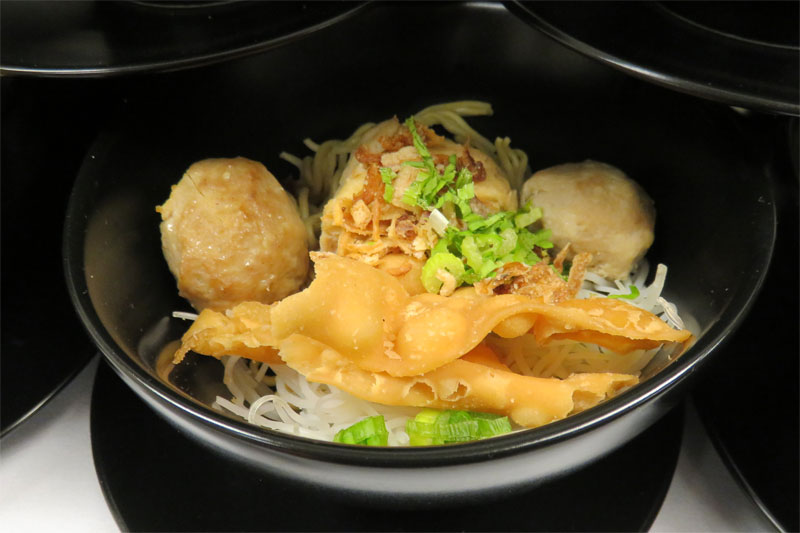
Korean mini seafood pancake and deep fried sweet chilli chicken wings (Dakgangjeong).
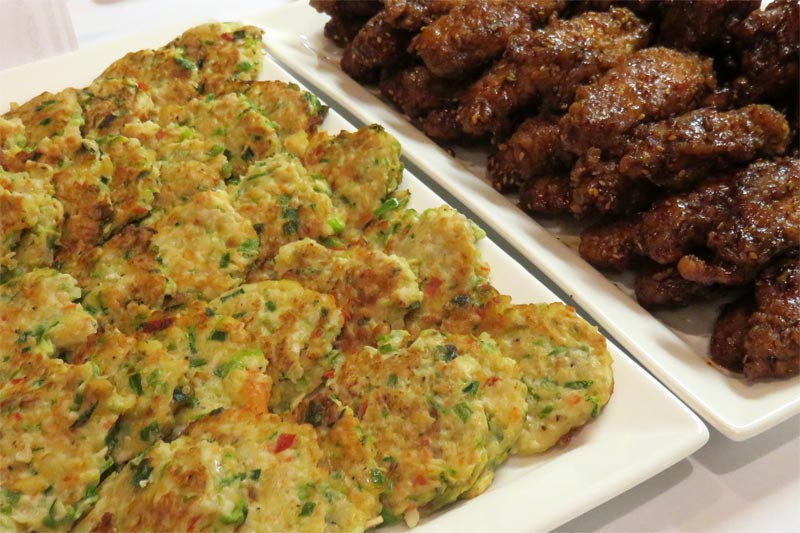
Gimbap: Korean seaweed roll – rice, carrot, fish cake, burdock, cucumber, egg and pickled radish wrapped in dried seaweed.
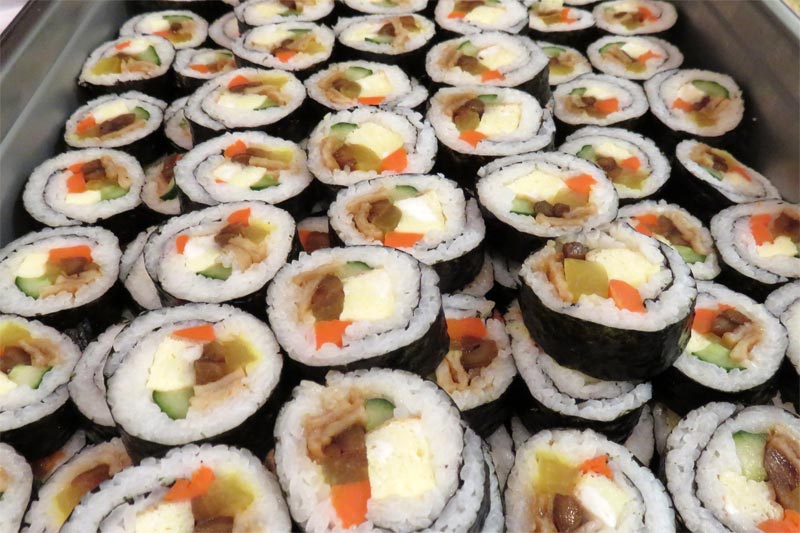
Australian meat pies, savoury pies filled with minced meat and gravy, sometimes with mushrooms and onions. The snacks are “Australia’s answer to the American hamburger,” according to ABC Radio Canberra.
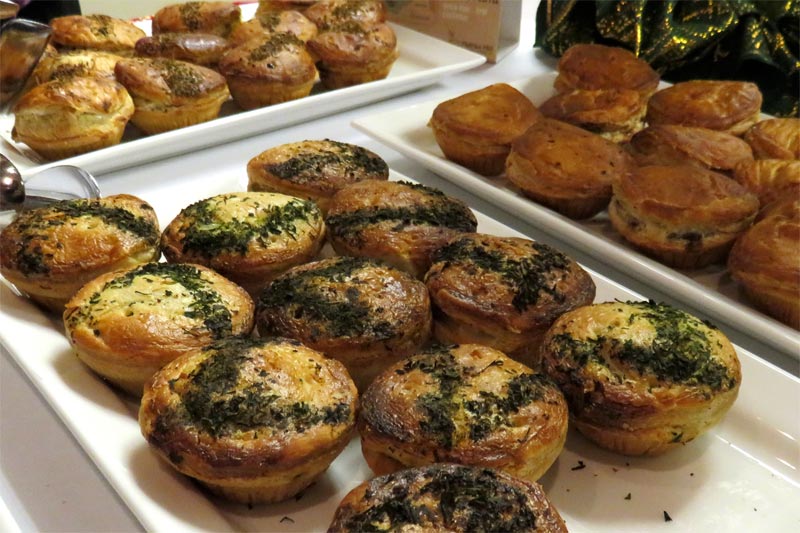
Bubuh Sum Sum is a traditional Indonesian dessert made with glutinous rice flour cooked in coconut milk. It’s often served with palm sugar sauce.
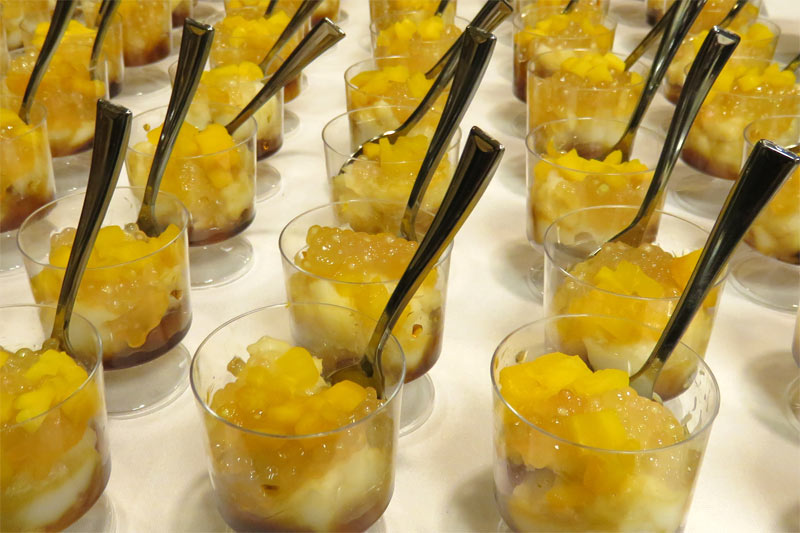
Turkish baklava: sweet, decadent pastry of phyllo dough layered with chopped walnuts (sometimes almond or pistachios), butter and syrup or honey.
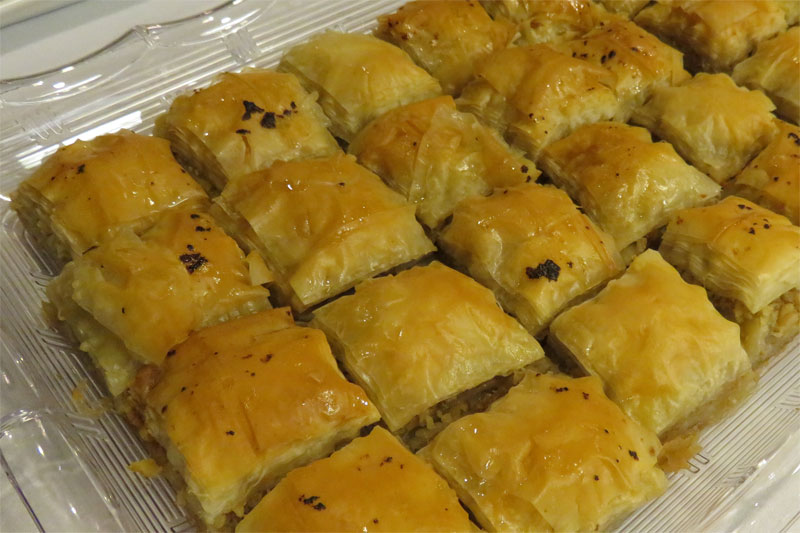
Australian iconic desserts: Lamington – vanilla sponge cake, coated in chocolate sauce and rolled in desiccated coconut. Traditionally made on Australia Day. Anzac biscuit – crunchy butter-oatmeal-coconut cookie commemorating the landing of Australian and New Zealand Army Corps (ANZAC) at Gallipoli in Turkey during WW1.
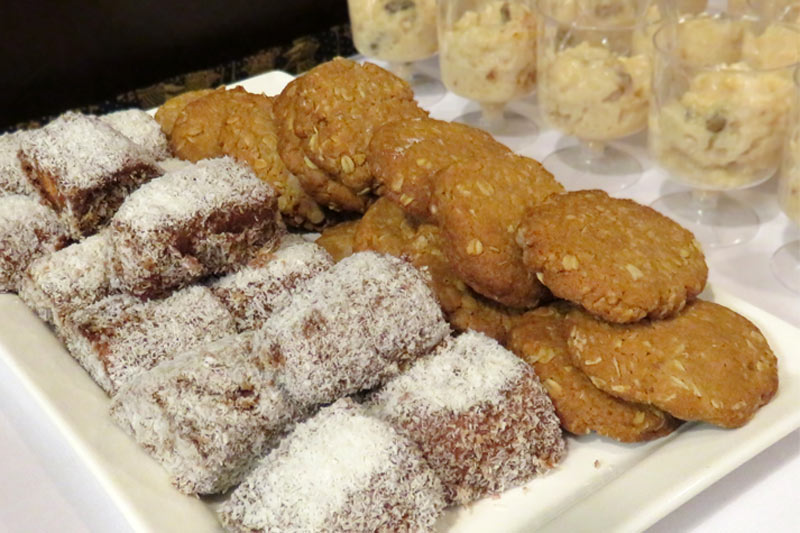
Arroz con leche: this sweet pudding is made from rice, milk, cinnamon and raisins.
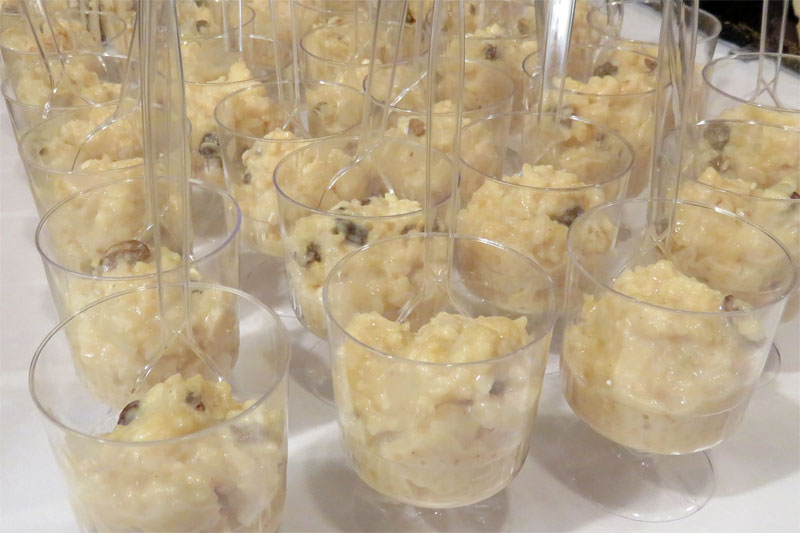
DECEMBER 22, 2019 | SILK ROAD TODAY
Share this
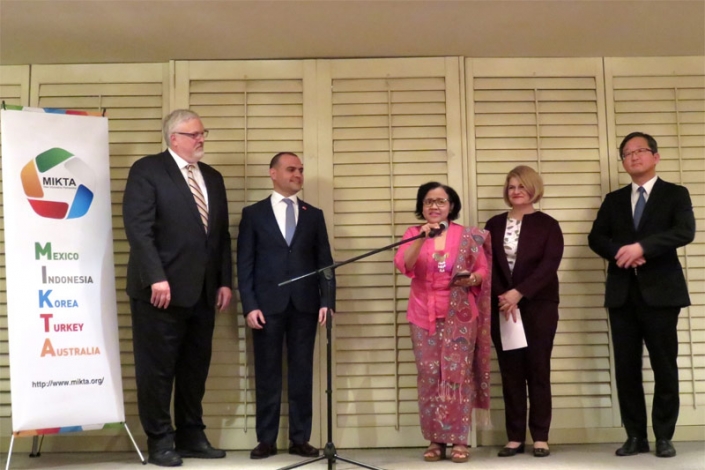
MIKTA Embarks on Cultural Diplomacy to Showcase Middle Power Diversity
December 21, 2019/by Silk Road Today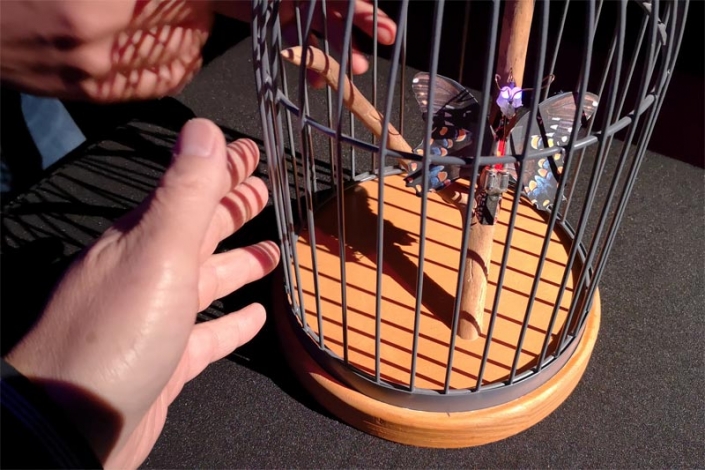
Recto VRso @Vancouver Redefines Future Art Experience
October 9, 2019/by Silk Road Today
VICO Brings Silk Road Music to Global Soundscape Festival
May 22, 2019/by Silk Road Today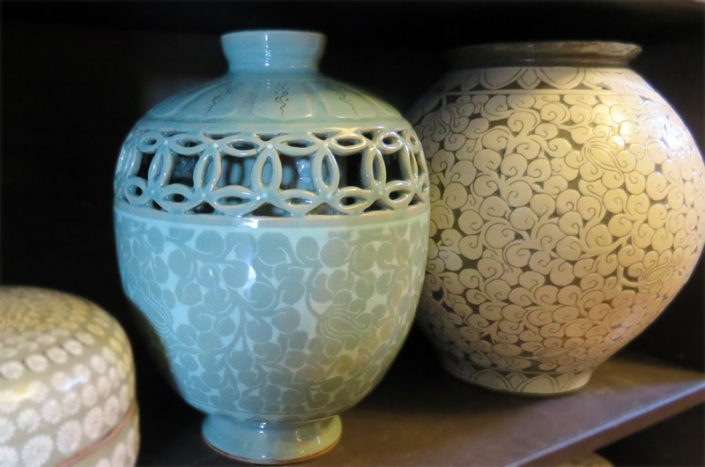


 © Nikao Media
© Nikao Media